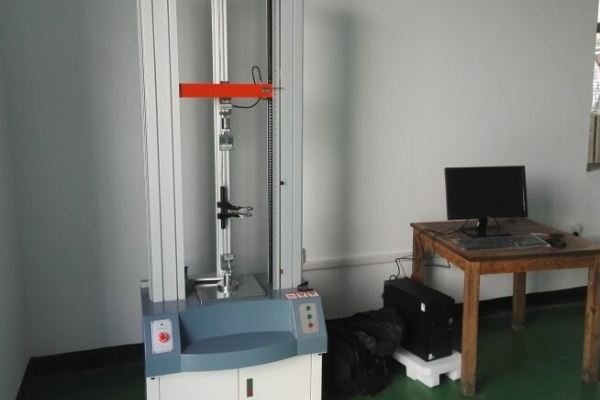Mechanical property testing is a crucial task in the field of engineering, which ensures the reliability and safety of materials and components in practical use. And one of the important mechanical property indexes is the bending property. In this paper, we will discuss the importance of bending performance testing, and introduce some commonly used test methods and experimental data analysis.
The importance of bending performance
Bending performance is the ability of materials or components to undergo bending deformation under the action of external forces. It is related to the material's deflection, bearing capacity and fracture resistance in practical applications. Therefore, for areas such as bridges, building structures, mechanical components and other high load-bearing performance requirements, bending performance testing is particularly important.

Commonly used bending performance test methods
1. Three-point bending test
Three-point bending test is one of the most common bending performance test methods. It is performed by applying a uniform force to a material or component, causing it to deform in a bending manner, and then measuring the degree of deformation and load carrying capacity. This test method is simple and easy to perform and can provide bending performance data for a wide range of materials.
2. Four-point bending test
The four-point bending test is a relatively complex test method that adds two support points to the three-point bending test. This method provides a more accurate assessment of a material's flexural properties and is particularly suitable for more rigid and brittle materials. The four-point bending test is often used to evaluate the bending properties of materials such as steel and concrete.
3. Other Test Methods
In addition to the three-point and four-point bending tests, there are some special bending performance test methods, such as circular plate bending test and cantilever beam bending test. These methods are suitable for specific materials and application scenarios, and can provide more accurate and detailed bending performance data.

Data Analysis
For the analysis of bending performance test data, the following key indicators usually need to be considered:
Degree of bending deformation: By measuring the degree of deformation of the bending body, the flexibility and deformability of the material or component can be assessed.
Load-bearing capacity: Measuring the maximum load-bearing capacity of a material in the bending process can determine the endurance and fracture resistance of the material.
Fracture Strength: Measurement of the maximum bending force a material is subjected to before fracture occurs is an important indicator for assessing the strength and reliability of a material.
Through the analysis of bending performance test data, an in-depth understanding of the material properties can be obtained, and provide a reliable basis for engineering design, material selection and structural optimization.
Conclusion
Bending performance testing is an important part of ensuring the reliability and safety of materials and components in practical applications. Various bending performance test methods can provide effective data and indexes for evaluating the properties of materials such as flexibility, load bearing capacity and wear resistance. Comprehensively analyzing the test data and combining it with engineering practice can provide a scientific basis for product design and processing and manufacturing to ensure the quality and safety of the project.